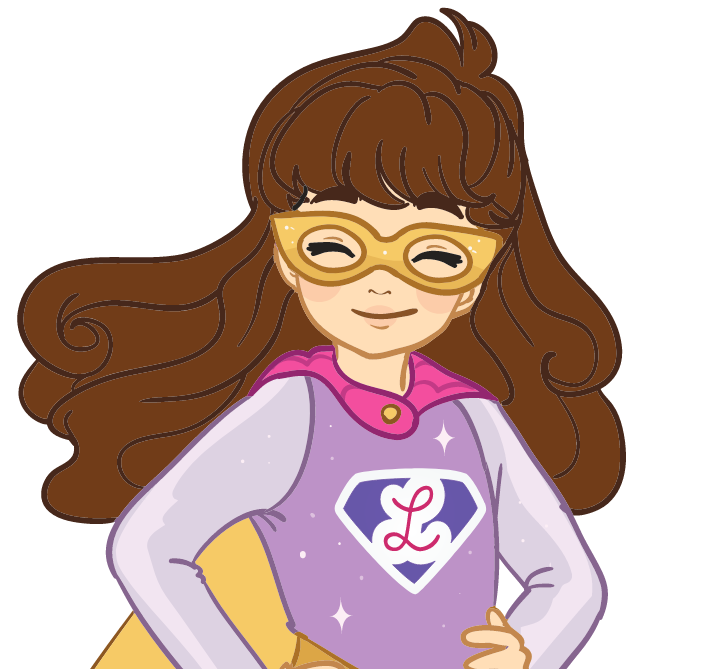Ballerina Dolls Just for Girls? STEAM Dolls Just for Boys?
You have two ballerina dolls, one foot of string, four paper towel rolls, scissors, markers, dominos & tape. Now your goal is to construct a trapeze for your ballerina dolls to walk across. Can you do it?
You most definitely can and so can your child!
Who says that “ballerina dolls” are just for girls or that science & engineering is just for boys?
This STEAM activity will have boys & girls alike racing to figure out just how to make their dream creation a reality. In this article you will discover just how you can:
- Dust off bins of dolls to create activities for your child
- Will help cognitive development
- Promote fine motor skills
- Early engineering skills
- And more!

As a mother it is hard for me to sit & watch my child struggle with a task.
However, from a teacher perspective, I have learned how important it is to be able to let go control and instead guide your child.
Instead of telling them exactly how to complete the task, probe their thinking. In doing so they are building on their cognitive development milestones.
Children at ages 3-4 work on asking “why” questions to gain more information, as well as actively seeking answers to questions.
The STEM activity mentioned above could be for children as young as 3, but also as old as 9 where they are working on scientific design & mathematical measurement tasks. All you need to do is shift the investigation question.

What is an investigation question?
Investigation questions are questions specifically posed in order to seek to find an answer.
In this case designing an experiment. Depending on your child’s age & what they are working on cognitively is how you would adjust the question.
- The Investigation Question is the big umbrella question, then the other questions you pose below that are to help guide them to the end result.
Sometimes you may not be able to jump into the task right away if your child has no background knowledge of the task.
For example, if you are going to build a trapeze for their ballerina doll, go to the library first & look for books on trapezes or google them to foster background knowledge.
Ages 3-4
Set up a trapeze that was put together but has some missing parts to it. The missing parts are laid out around the trapeze, and they will need to fix it.
Ask the Investigation Question: How will we be able to get your ballerina doll to cross the trapeze again?
Probing questions after the IQ:
- What do you notice about your ballerina doll?
- How many legs does the doll have?
- What do we use legs for?
- What do the ballerina’s legs balance on when on a trapeze?
- Is that string attached?
- What would happen if you….?
- Is there anything missing?
- Where do you think those pieces belong or what is their job?
Ages 5-6

At this age you do not need to set up a trapeze for them.
You will be able to give them the ballerina doll, string, paper towel rolls, scissors, markers, dominos tape and any other materials you would like them to use.
Then let them be in charge of design. However, at this age developing communication & storytelling skills is very important.
Before you give them the Investigation Question, come up with a story about the Ballerina Doll needing a trapeze.
Once they complete the task they can then add on to the story.
Investigation Question: Using the materials in front of you, how can you get your ballerina doll safely across the room?
Probing questions after the IQ:
- What do you need to make sure things balance well?
- Are items you need more of?
- What if you did have to use all of them?
- How would you continue the story I started with?
Ages 7-9

At this age you turn the reigns over to them.
Investigation Question: Your ballerina dolls need to be able to get across this distance, how would you get them from this point, to this point?
Let them develop the design. Let them develop the plan.
- What materials would they need?
- What questions would they need to ask?
- What mathematical tools would they need (rulers, calculator). Then you can make the choice if you want it to be materials you know you have at home or head to a local hardware/craft store—depending on your desire! 1 day can be spent developing; the next day can be building.
Probing questions after the IQ:
What simple machines are used to get things to move?
What materials make good surfaces? Are there materials you would not use? Are their materials you feel are a must? What mathematical tools would you need?
Now you have the tools & framework to jump start this in your own home! So grab your Lottie ballerina doll, materials needed & get to creating. Who knows, this could spark your child to go after their dreams of engineering, and become the next architect!
![]() Fast Shipping*
Fast Shipping*![]() Subscribe to our Newsletter
Subscribe to our Newsletter![]() 🌟 A Walk in the Park Lottie Doll 🌟
🌟 A Walk in the Park Lottie Doll 🌟



















